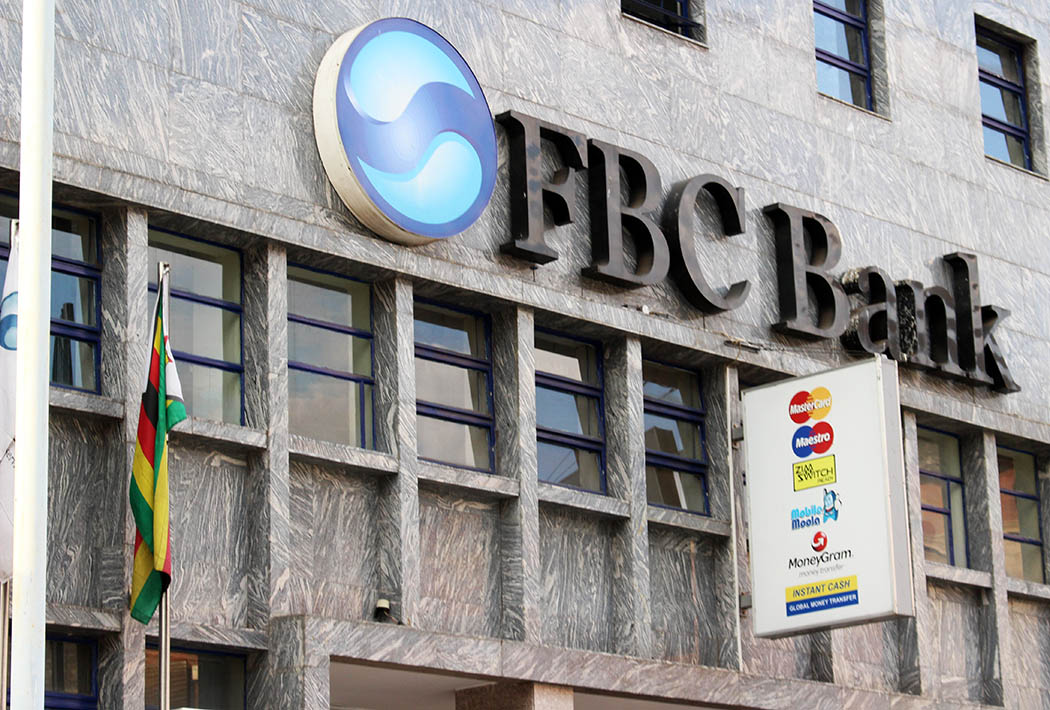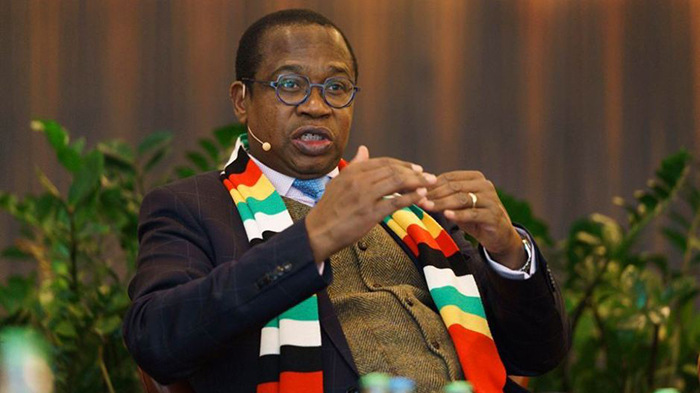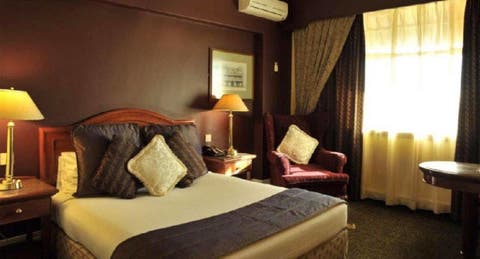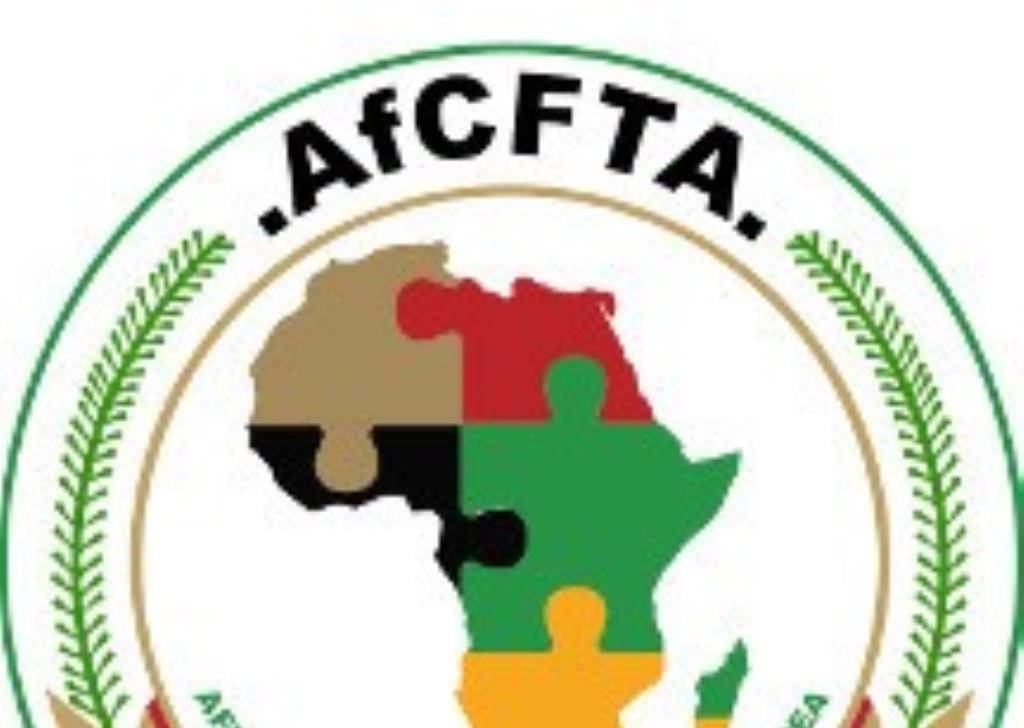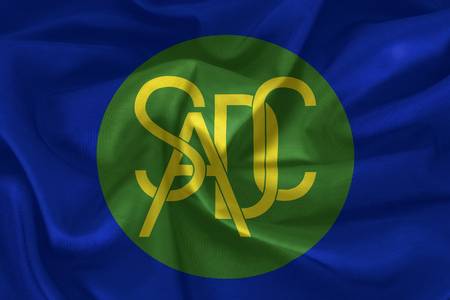Sadc battles darkness as energy crisis continues
With the Southern African Development Community (SADC) region finding it virtually impossible to generate enough electricity for their countries, the Council of Ministers is seeking measures to win the battle against darkness.
The Council met in the Democratic Republic of Congo capital, Kinshasa during the week, where the energy crisis was high on the agenda with it affecting the entire region. Formulating a regional response to the power crisis was considered critical.
According to the Southern African Power Pool (SAPP), SADC is short of electricity due to various reasons, and needs new generation capacity of about 5 670MW.
Besides, the region will also have to address the fluctuating nature of renewable energy so as to ensure stable operation of the power system.
Executive director of the SAPP, Stephen Dihwa said; “We want to move away from a concept where a country develops power, for example, the big INGA project in the DRC can be used to the benefit of the whole region and ensure adequate infrastructure to allow trade.
“We are running a regional power electricity market where energy is traded on a daily, weekly, and monthly basis. We believe once we do this, the load-shedding will come to an end.”
Foreign Affairs and International Trade Minister, Ambassador Fredrick Shava, called on the Council of Ministers to facilitate the financing of these key regional power infrastructure projects.
“The Secretariat undertook a feasibility of regional power projects, if these projects are implemented well, they have the ability to reduce import of products as well as the growth of our value chains,” he noted.
It is believed that such initiatives will go a long way in not only ending the electricity crisis, but also improving the energy and mining value chains.
This comes after many of the SADC countries are experiencing different levels of loadshedding in their jurisdictions.
In Botswana load shedding returned after a seven-year absence and most parts of the country have experienced power cuts.
Following the blackouts, the Botswana Power Corporation (BPC) announced that it is currently experiencing power supply constraints estimated to last for a week. The Corporation said the outages are a result of forced power cuts at BPC power generation plants resulting in demand exceeding supply.
“The situation is exacerbated by the shortage of electricity generation capacity in the Southern African region as a whole,” BPC said.
Namibia’s electricity generation has dropped to below 40 percent of its capacity as the worst drought in almost a century has hit the country’s own hydropower plant and others in the region reliant on water from dams and rivers.
South Africa’s power utility, Eskom on Tuesday March 21, 2023, said load shedding will remain suspended until Wednesday, delivering the first full day of no load shedding since October 30, 2022.
The group said due to the slight improvement in available generation capacity and the lower-than-anticipated demand, load shedding will remain suspended until 0500hours on Wednesday March 22, 2023.
However, load shedding returned at stage 2 after that, with stage 3 being implemented for the evening peak.
In Zimbabwe, recently, Kariba has had to throttle generation to a maximum of 300MW due to low water levels, then there are the aging coal power plants that break down quite often, leaving a large deficit, hence the utility company has to implement load-shedding to as much as 19 hours.
Engineer Kudakwashe Muzangwa said the region has failed to meet targets at regular intervals since 2010 and they have continued to prove how disjointed they are.
“The 2020 target by SADC to commission 16 515MW within three years whereby 5 000MW would be produced in South Africa while Tanzania would do 4 900MW was supposed to be a game-changer in the sense that other member states would have easily connected from peers.
But we all know what has happened in these three years, more power was lost than we have brought online from those two countries. South Africa is said to be producing 50 percent of its current installed power by 2025 hence the need for all hands on deck,” Muzangwa said.
“The SAPP co-ordination centre, stature and functions should be enhanced and elevated,” Dihwa said, noting that although the power pool has existed for 27 years now, it has only helped to interconnect some, but not all SADC member states.
Eng Mercy Nyakumbi said the region needed to increase the share of renewable energy technology in electricity supply, and enhance the ability of systems to cope with change and avoid electricity insecurity by diversifying generation options, risk management and preparedness.
“We now need to revive and enrich SAPP so that it performs its task of powering the southern part of Africa,” she said, and urged all fellow SADC countries to take the renewable energy topic as a standing agenda in all future summits.
This comes after African Development Bank (AfDB) president, Akinwumi Adesina, during COP27 in Egypt, said the bank was putting 83 percent of its financing into renewable energy.
He said Africa needs an energy mix of hydro, solar wind and geothermal, and combine it with gas to have stable grids that will allow the continent to industrialise swiftly.
“Africa cannot be poor in an environmentally sustainable manner. We want to make sure we have access to electricity; affordable electricity; security of electricity, and stability of electricity.
“We don’t want to become the museum of poverty in the world,” he said, adding that he fully supported the initiative,” he said.
Known as SAPP’s Grow Green Compact, the renewable energy plan requires an investment of US$16,4 billion to effectively transform the region’s power generation capacity.
To increase access, promote consumption and advance decarbonisation in the next 10 years, SAPP countries need to generate 8,4GW of variable renewable energy and build 2,500 kilometres of transmission lines, including the remaining interconnections.
Finding solutions to the power crisis is one of the key deliverables for SADC as the region pushes for increased regional integration towards sustainable economic development.
The SAPP was created in August 1995 at the SADC summit held in Kempton Park, South Africa, when SADC member states, excluding Mauritius, signed an inter-governmental memorandum of understanding for the establishment of an electricity pool in the region.-ebusinessweekly


